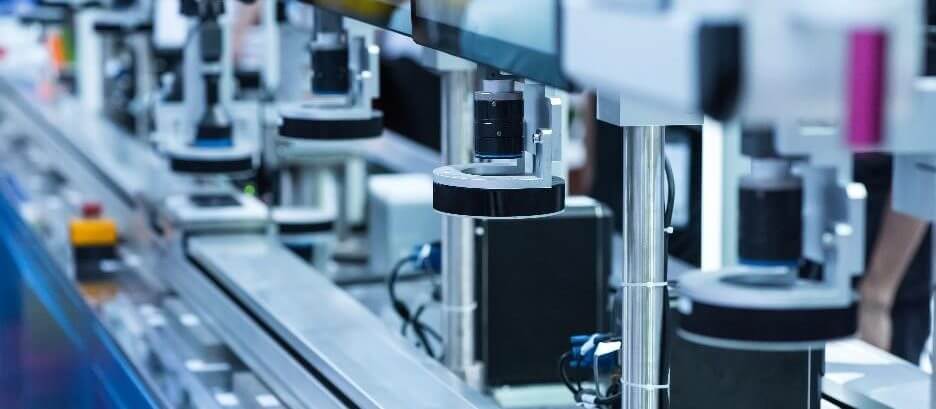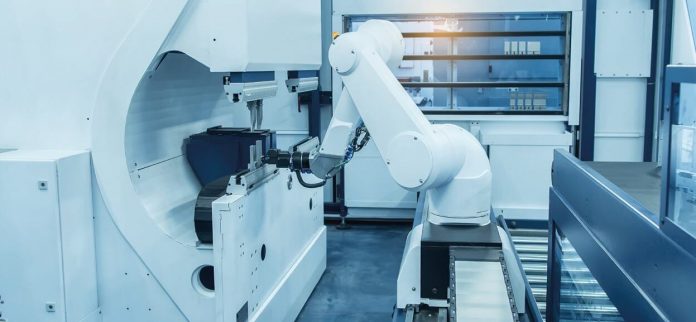A new study has revealed that businesses that move quickly to use robots tend to add workers to their payroll, while industry job losses are more concentrated in firms that make this change more slowly.
The study – co-authored by MIT economist professor Daron Acemoglu, Clair Lelarge, a senior research economist at the Banque de France and the Center for Economic Policy Research; and Pascual Restrepo, an assistant professor of economics at Boston University – examines the introduction of robots to French manufacturing, illuminating the business dynamics and labour implications in granular detail.
The research findings support the theory that manufacturers who adopt robots early reduce their production costs and grow at the expense of competitors whose costs stay the same.
Indeed, the study shows that a 20% increase in industrial robots in manufacturing from 2010 to 2015 led to a 3.2% decline in industry-wide employment. And yet, for firms adopting robots during that period, employee hours worked rose by 10.9%, and wages rose modestly as well.
To conduct the study, the scholars examined almost 55,500 French manufacturing firms, of which roughly 600 purchased robots during the period from 2010 to 2015.
The study used data provided by France’s Ministry of Industry, client data from French robot suppliers, customs data about imported robots, and firm-level financial data concerning sales, employment, and wages, among other things.
The 598 firms that did purchase robots, while comprising just 1% of manufacturing firms, accounted for about 20% of manufacturing production during that five-year period.
The industries most heavily adding robots to their production lines were pharmaceutical, chemicals and plastic, food and beverage, metal and machinery, and automotive. Those investing least in robots included paper and printing, textiles and apparel, appliances, furniture, and minerals.

The firms that did add robots to their manufacturing processes became more productive and profitable, and the use of automation lowered their labour share, the part of their income going to workers, between roughly 4% and 6%. However, because their investments in technology fuelled more growth and more market share, they added more workers overall.
By contrast, the firms that didn’t add robots saw no change in the labour share, and for every 10% increase in robot adoption by their competitors, these firms saw their own employment drop 2.5%. Essentially, the firms not investing in technology lost ground to their competitors.
The competitive dynamics the researchers found in France resemble those in another piece of economics research recently published by MIT professors.
In a recent paper, MIT economists David Autor and John Van Reenen, along with three co-authors, published evidence indicating the decline in the labour share in the US as a whole was driven by gains made by ‘superstar firms’, which find ways to lower their labor share and gain market power.
While those elite firms may hire more workers and even pay relatively well as they grow, labour share declines in their industries, overall.
Professor Acemoglu commented: “It’s very complementary. However, a slight difference is that ‘superstar firms’ come from many different sources. By having this individual firm-level technology data, we are able to show that a lot of this is about automation.”
















































